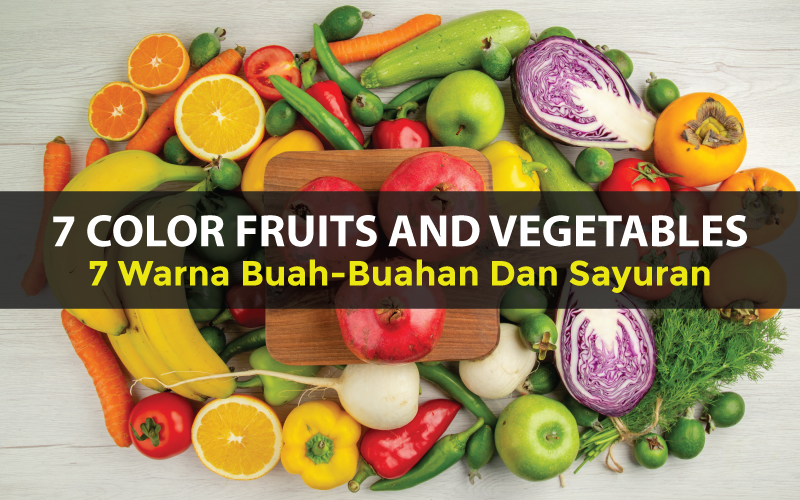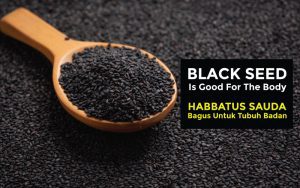In terms of fruit and vegetable consumption, we should strive for at least two servings of fruit and five servings of vegetables every day. Many people consume sufficient amounts of fruit but insufficient amounts of veggies. The majority of us are aware that we need to eat more fruits and vegetables.
What we may not realise is that we must consume a variety of various coloured veggies and fruits on a regular basis. Because different coloured veggies and fruits contain different nutrients, we need greater variety in our diet to acquire everything our bodies require from these foods. In an ideal world, we should eat a rainbow of colourful veggies and fruit every day to be protected against chronic diseases.
7 color fruits and Vegetables
Because red is the colour of the heart and blood, it is beneficial to heart and blood health. In general, red-colored fruits and vegetables are high in anti-oxidant characteristics, which help to protect us from cancer. Tomatoes, apples, beets, and cherries are high in anti-oxidants, which help to fight free radicals created by tissue molecules.
Purple fruits and vegetables are the greatest meals to eat if you have menstruation cramps or irregular periods. Meanwhile, they are abundant in antioxidants and anthocyanin, the purple pigment that gives the fruit or vegetable its colour. Anthocyanins are abundant in fruits such as blueberries, grapes, and pomegranates. Figs are high in calcium and are a popular weight-loss food.
Orange-colored fruits and vegetables are necessary for human vision. Carotenoids are abundant in orange foods. It is necessary for good vision. Orange foods are a powerhouse of vitamin A. Orange vegetables, such as carrots and pumpkins, as well as orange and papaya fruits, are excellent for eye health. Magnesium and vitamin C are also abundant in orange meals, which aid to boost sperm counts and decrease birth abnormalities.
Green is a natural colour, thus it is good for the physical and mental issues. The ‘chlorophyll’ in the meal gives it its green colour. It’s due of the plant’s photosynthesis mechanism. Green foods are generally leafy foods such as spinach, cabbage, parsley, broccoli, and so on. Green foods are high in potassium, Vitamin K, folic acid, and other nutrients, and they are considered a superfood for humans. Summer fruits include green apples, cucumbers, and kiwis, which help to regulate body temperature and prevent heat stroke, stress, and insomnia.
Yellow-colored foods are high in carotenoids or beta-carotenoids, just like orange-colored foods. Fruits such as lemon, mangoes, and pineapple help to cool the body down during the summer. Corn, squash, and pumpkins are high in fibre and can help you maintain a healthy weight. Furthermore, they contain unsaturated fats, which are beneficial to skin and heart health.
White foods such as milk, oats, yoghurt, cauliflower, garlic, onions, and mushrooms are high in allicin, which is a type of energy. They contain medical qualities, such as the ability to reduce cholesterol and blood pressure symptoms. Potassium and Magnesium are stored in fruits such as bananas and turnips. They defend us against bacterial infections. White foods also include ‘probiotics,’ which help the digestive and immunological systems.





